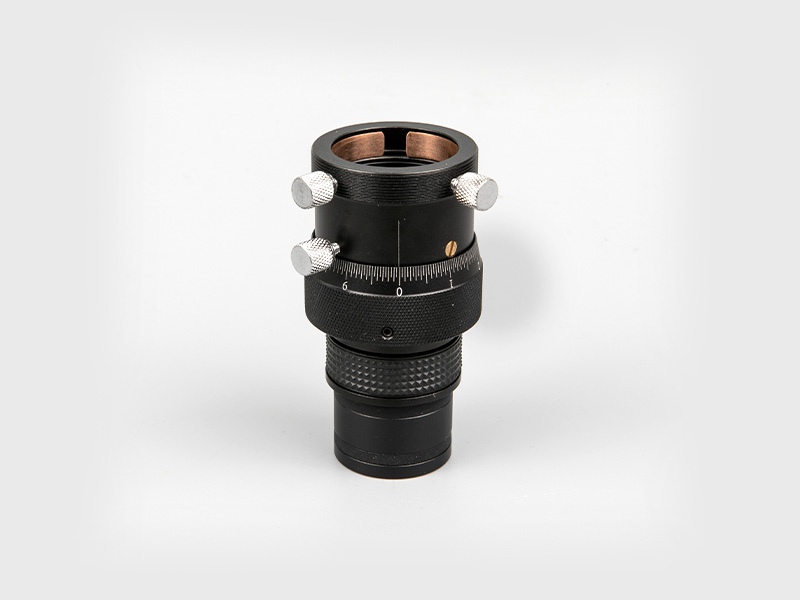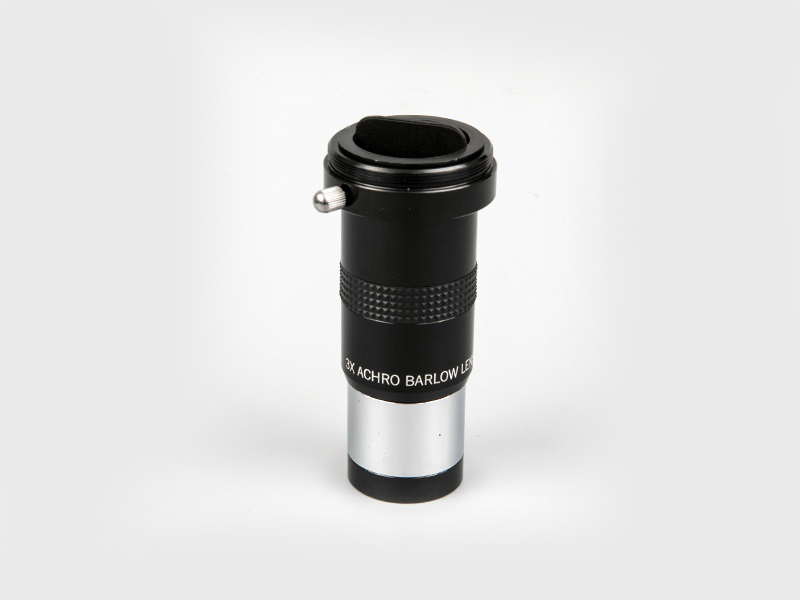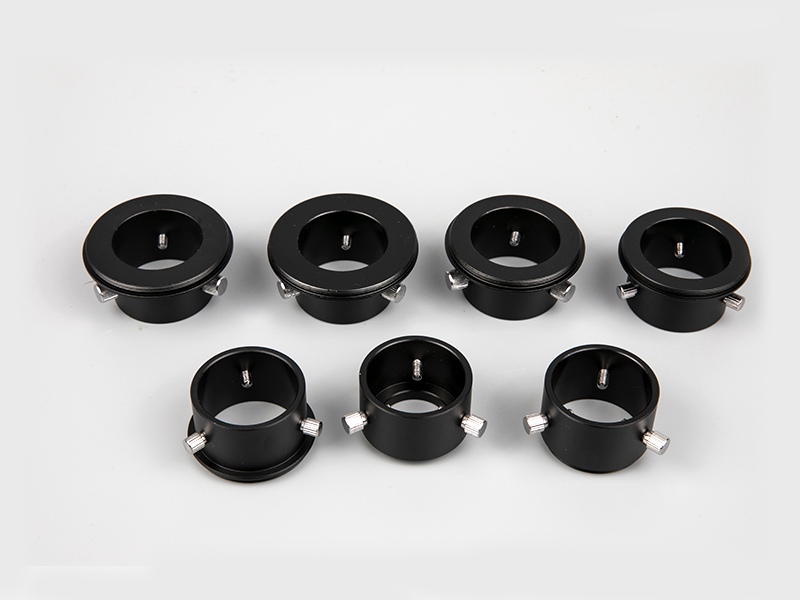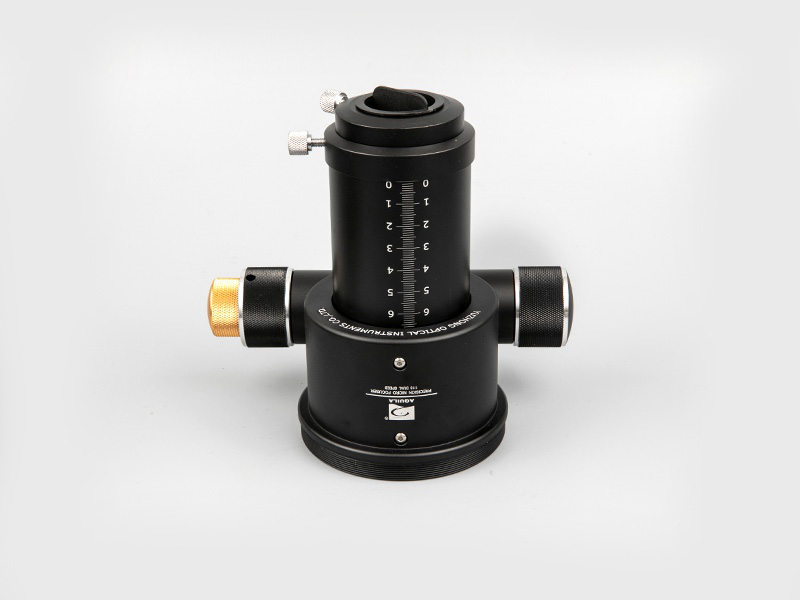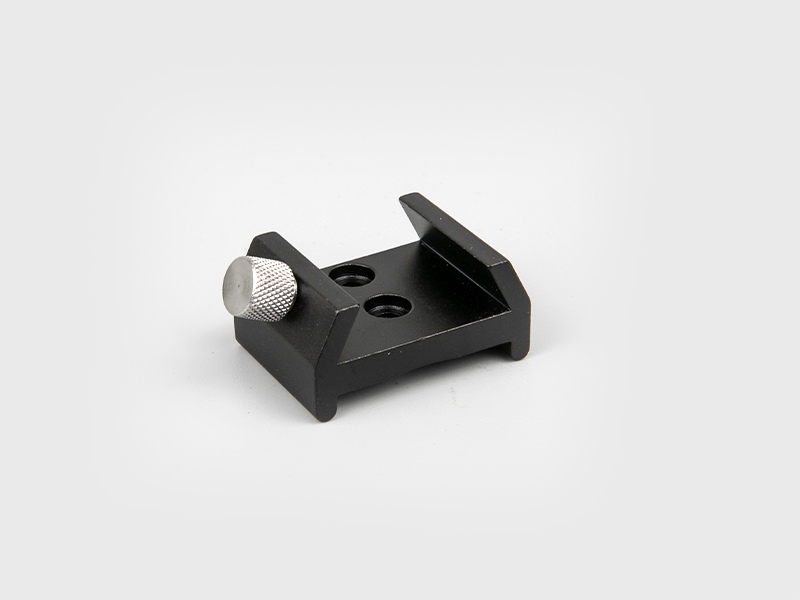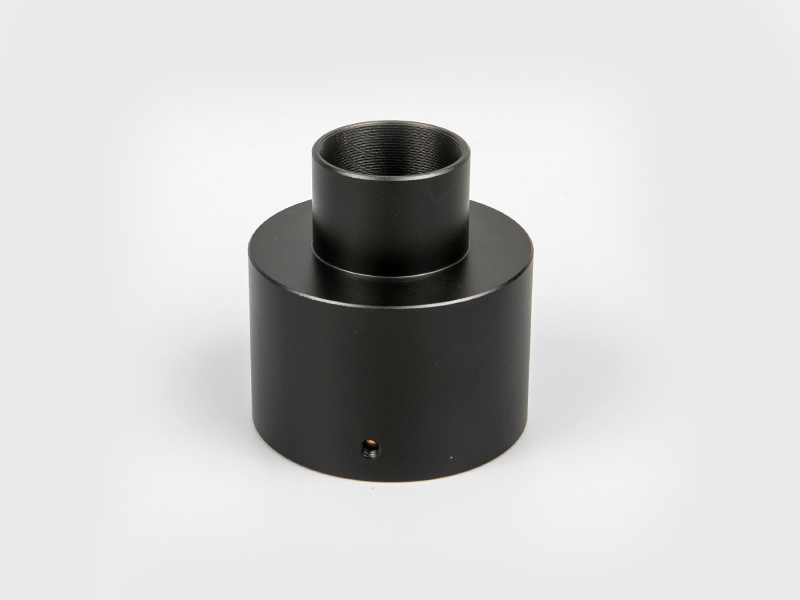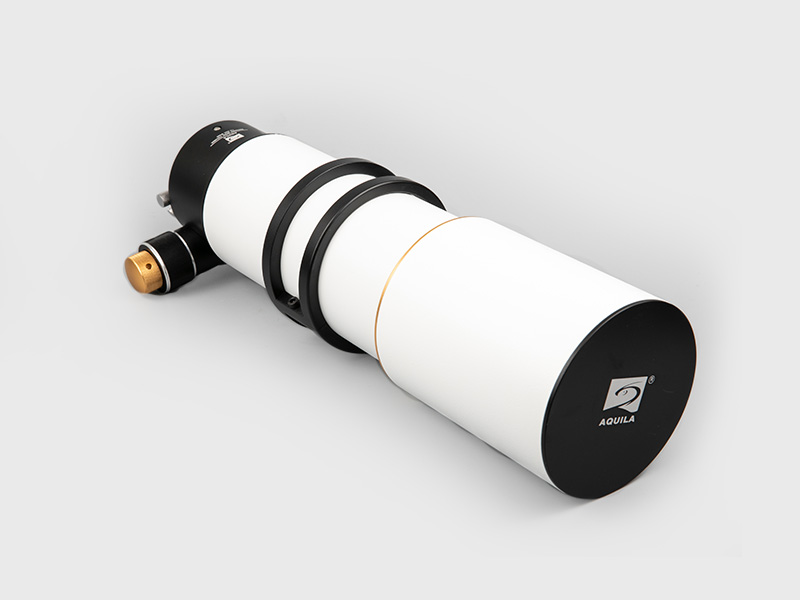Fixed astronomical telescopes are generally installed in astronomical domes or other observation rooms. After installation and debugging, they are generally no longer easily moved. So what are the precautions for installation and post-maintenance work?
1. Fixed device
The stationary astronomical telescope is stable and reliable, and has a complex structure. It has a structure that can be firmly locked by adjusting its polar axis to the meridian plane (north-south plane), thus ensuring that the telescope's polar axis is stably and accurately pointed to the north celestial pole. The mechanical devices used in the fixing device are various, among which the German type, the fork type and the horizontal type are widely used, but the German type is commonly used. The advantages of the German-style device are the structural stability and easy replacement of the lens barrel and receiver, which are fully exploited in the fixed device.
Of course, for some reflecting telescopes and catadioptric telescopes, especially large telescopes with a diameter greater than 500mm, the fork structure is still very advantageous and widely used.
2. Turning clock of stationary telescope
Generally, the precision and degree of automation of the rotating clock of fixed telescopes are quite high. The transmission system must be stable and reliable, and the diameter of the final worm gear (or gear) must be equal to the diameter of the telescope. Generally, a larger modulus and higher precision are required. Take this into consideration when choosing. The telescope must have an automatic tracking system, and the right ascension and declination drives must have slow motion and fretting. From a reliability point of view, manual operation is more advantageous. But with the popularization of computer technology, when using a computer to find stars for demonstration, the fast operation of the telescope is required to be electric. Synchronous motor, DC motor or stepper motor drive systems are widely used because the drive for stationary telescopes does not have to worry about power loads.
3. Optical system of fixed telescope
In principle, all astronomical telescope optical systems can be used in fixed telescopes. However, fixed telescopes have high stability requirements, and have many advantages for refracting telescopes. like:
①The optical axis is stable. The refractor lens is housed in a stable frame that will not change over time.
②The light transmittance is not easy to change, and the service life is particularly long.
③ Maintenance and decoration are relatively simple.
④It is more spectacular. In layman's terms, it looks like a large astronomical telescope.
⑤Under the same aperture, because there is no intermediate reflection element, the amount of light passing through is greater than that of a reflective or catadioptric telescope.
However, under the condition of the same diameter, the price of the refractor will be the highest, because the lens barrel is long, all other components must be enlarged, and the cost will be high. In addition, the longer the mirror is, the larger the observation room is, which increases the construction cost.
In addition, the diameter of the refractor telescope used by ordinary units should not be too large, generally not more than 200mm. The Z largest aperture of the refractor telescope that can be accommodated in the 6m dome is about 250mm. If a larger aperture is required, it is recommended to use a reflecting telescope or a catadioptric telescope.

 English
English 日本語
日本語 Deutsche
Deutsche España
España
